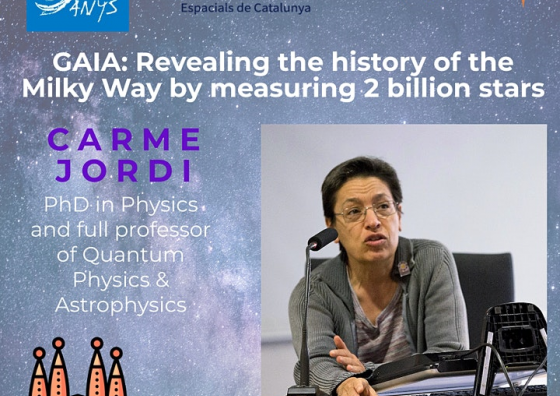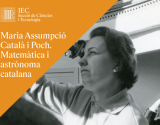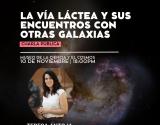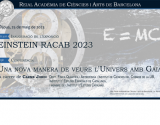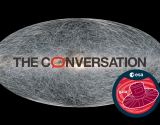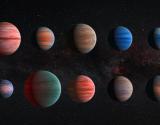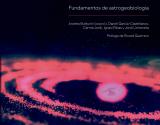The Gaia space mission is the current flagship of the European Space Agency. The goal of the mission is to unveil the history of the formation and evolution of the Milky Way, the galaxy where we live. To do that, Gaia measures positions, motions, distances and physical properties of about 2 billion stars. After more than six years of nominal operations, the satellite has collected more than 1.5 trillion measurements. The two data releases up to now have unveiled a rich substructure in terms of positions and motions and a complex past history of mergers with other galaxies that trigger episodes of star formation.
On November 26 at 7 pm, Carme Jordi will explain this Gaia project and her personal and professional experiences of her career on the first day of the Women4Space conference series.
About the author
Carme Jordi is an astronomer, professor in the Department of Quantum Physics and Astrophysics and the Institute of Cosmos Sciences at the University of Barcelona, and a member of the Institute of Space Studies of Catalonia. His research focuses on the space mission of the European Space Agency (ESA), Gaia, which aims to create the largest and most accurate three-dimensional map of our Galaxy by conducting a survey of one billion stars with unprecedented accuracy in position and movement. Carme Jordi is also an active science disseminator, she participates in the "Toc-Toc" program of La UBDivulga, and gives talks and conferences in several centres and entities. She is also a professor at the "Universitat de l'Experiència de la UB", where she teaches astronomy for people older than 55 years old.
Registration
